Affiliate links on Android Authority may earn us a commission. Learn more.
What are macros, and what's the best way to track them?
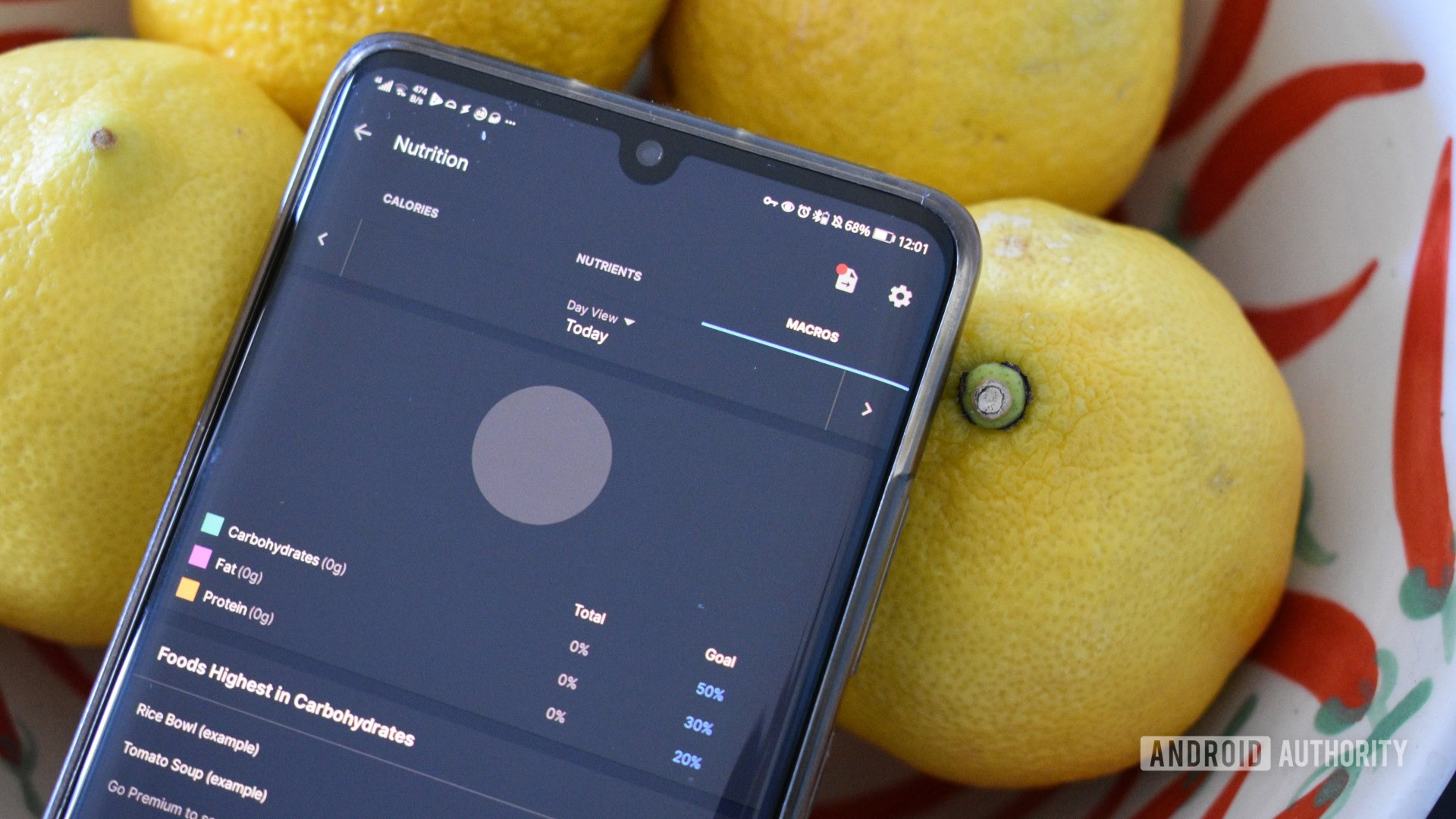
If you’re serious about your health, understanding how your diet affects your body is just as important as getting enough sleep and activity. It’s all about balance. Just like balancing rest with exertion, ensuring you get all your necessary nutrients will ensure you have the energy and sustenance you need to get through the day. You may have heard the term “counting macros” before, but what does this mean, and why is it essential to your nutrition? Learn all you need to know about counting macros below.
See also: The best fitness trackers you can buy
What are macros, and why should you track them?
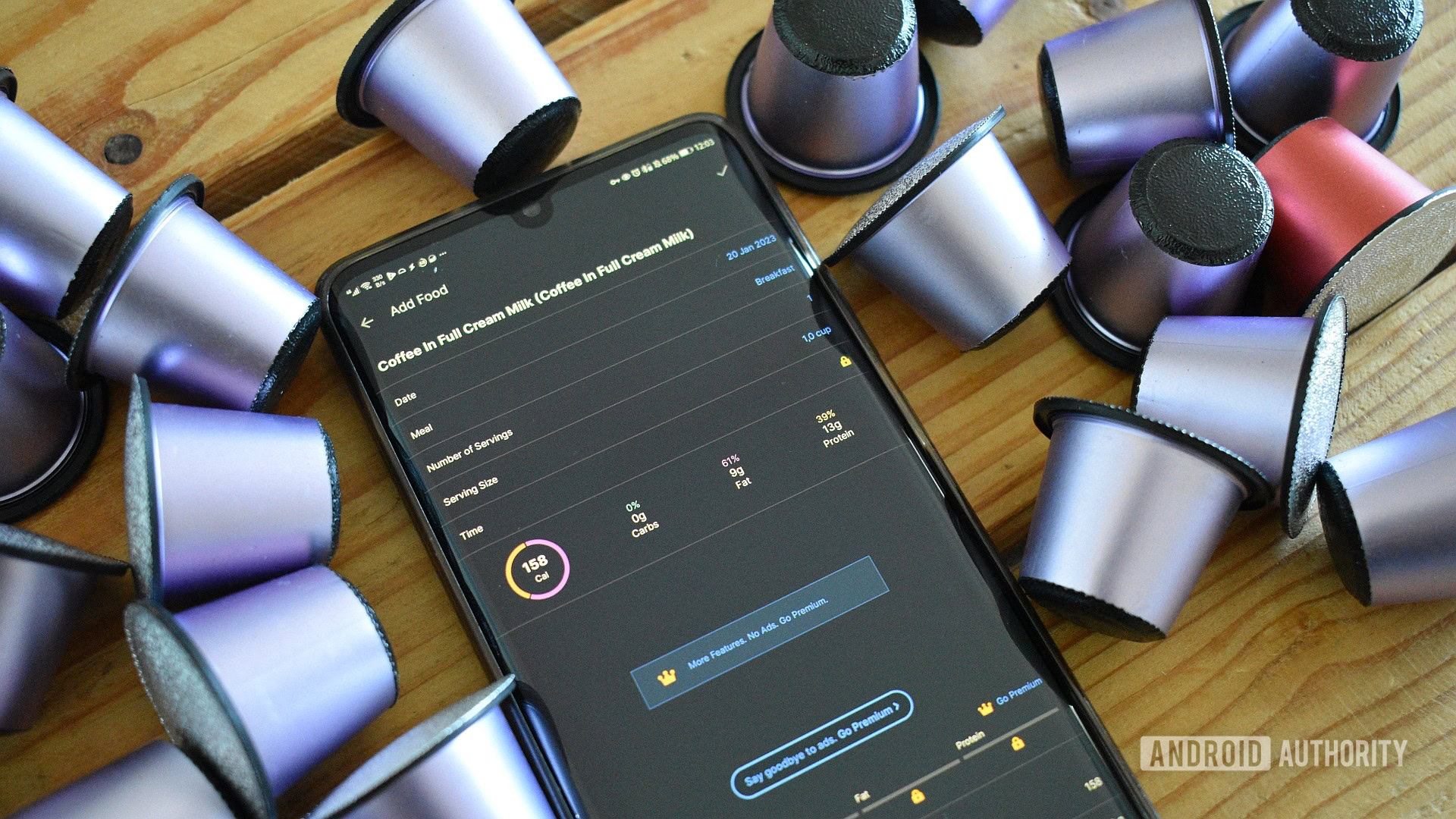
Eating good food is an excellent reason to wake up in the morning, but it’s so much more than that. Eating healthily is one of the more important things we do for our well-being. Each meal contains various nutrients and macronutrients, otherwise known as “macros.” According to the USDA, three groups of macros provide us with the bulk of our daily energy requirements. These are:
- Carbohydrates
- Protein
- Fat
While every food likely contains a combination of these three, bread, grains, rice, sugars, and fruit are rich in carbohydrates. Protein can be gained by eating meat, legumes, and dairy. You can also find fat in most food, but there are healthier fatty foods, like fish, seeds, and vegetable oils.
While keeping tabs on the food you consume remains an important practice, looking at macros, in particular, gives you more insight into why you might not be losing weight, gaining weight, or building muscle. Counting macros gives you the knowledge to formulate a meal plan to help you reach your health goals.
What is the ideal macro balance?
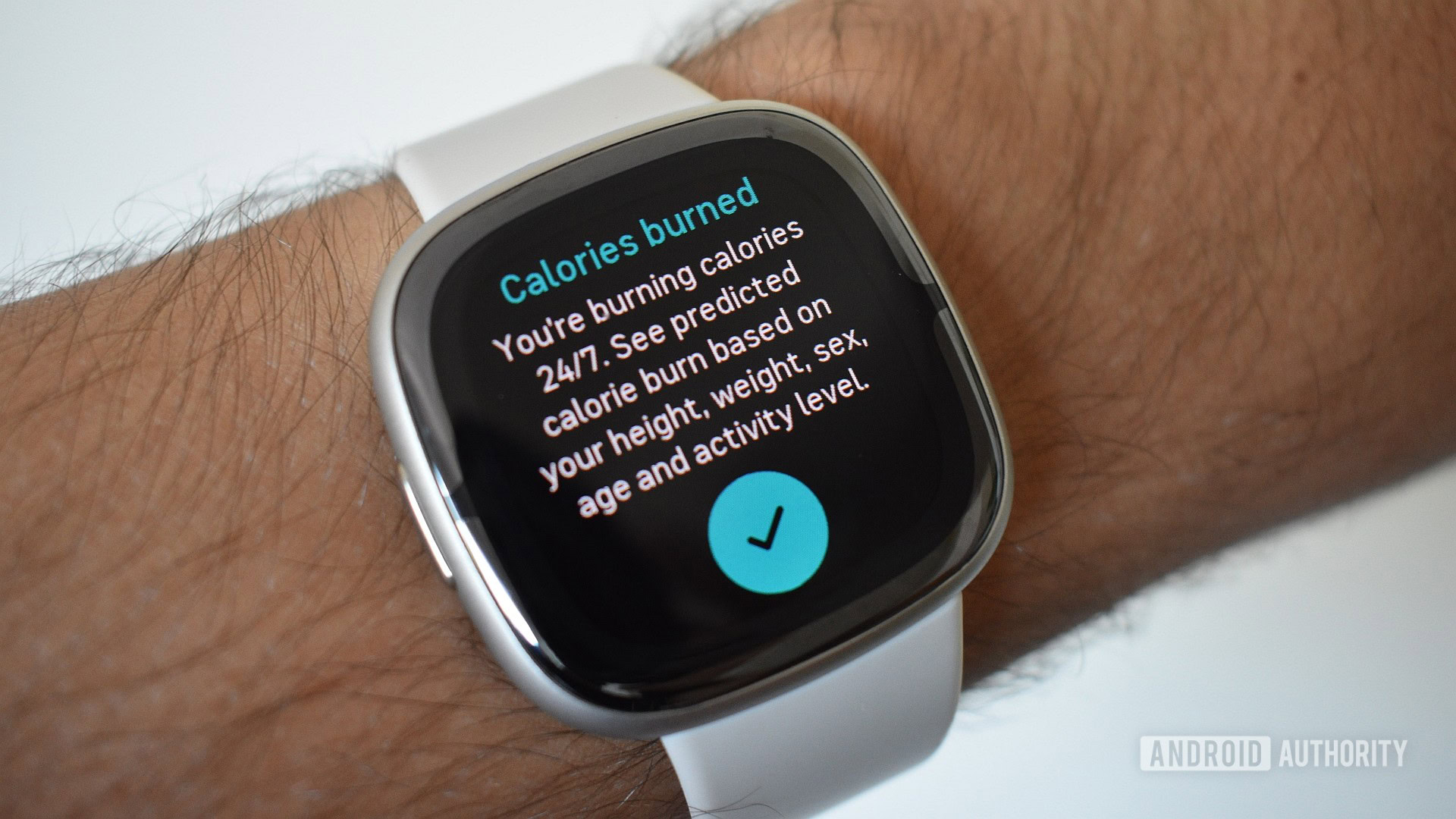
Before you tweak your diet or reconsider the foods you eat, you’ll need to count the macros in your current diet. Log the food you consume for a week or longer to get a broader breakdown of the balance of your diet.
Once you have your data, familiarize yourself with the Acceptable Macronutrient Distribution Range, or AMDR. This is a recommended range from the Food and Nutrition Board of the Institutes of Medicine (IOM), which outlines the ratio of carbohydrates, fats, and protein your diet should consist of. So what are these recommendations?
- Carbohydrates should contribute to between 45-65% of your daily energy consumption.
- Protein should be responsible for 10-35% of your daily energy consumption.
- Fats should contribute to between 20-35% of your daily energy consumption.
- Ideally, you should limit your saturated and trans fats consumption.
As you’ve probably gathered, these numbers are purely guidelines. If you lead a particularly active lifestyle, you may require more carbohydrates than the average person. Interestingly, the IOM breaks down consumption requirements in terms of grams per kilogram of body weight (g/kg) for more specific needs. More active people may consume up to 12 g/kg of carbohydrates and up to 1.8 g/kg of protein.
How do I calculate my macro needs?
To calculate the correct macro balance, Lifesum suggests calculating your total daily energy expenditure using a TDEE calculator. These calculators use your weight, height, age, and gender to determine the number of calories you burn daily. You can also use your fitness tracker or smartwatch health app to determine this figure. You can then determine the number of calories you’ll need to cut to slim down or increase to gain weight and build muscle. Once you’ve calculated this figure, you can then determine your macro breakdown.
Lifesum suggests that a macro balance that helps to build muscle and lose weight may involve a diet of 40% protein, 30% fat, and 30% carbohydrates. This is congruent with research. Your mileage will vary, and we recommend visiting a certified dietitian before drastically changing your diet.
These calculations can get complicated, so it’s best to use an app to calculate your macro requirements. Find some of the best below.
What are the best apps for tracking macros?
There are a dizzying number of apps that track macros per meal, but these are among the best out there.
MyFitnessPal
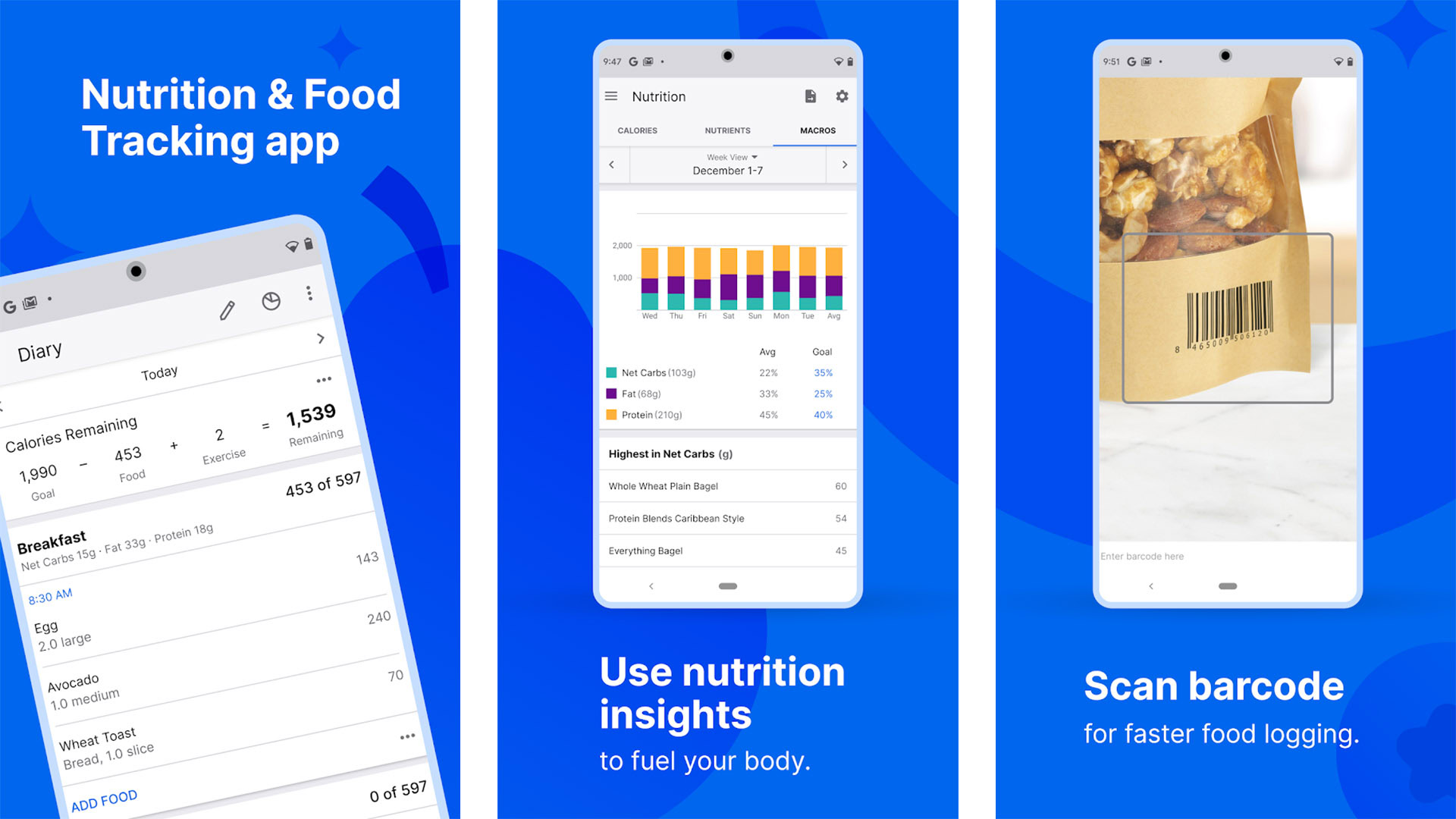
MyFitnessPal is well-established as a meal-tracking app, but it can also be used for targeted macro tracking. It plugs into Garmin Connect, syncs with Fitbit, and plays nice on Wear OS, too. It’s an extremely versatile and easy-to-use app with plenty of known foods in its database, recipes for those lacking inspiration, and a free tier. We like how it automatically displays the foods with the most carbohydrates, protein, and fat per day. However, this feature is locked behind the premium plan. If you’re just starting your macro-tracking journey, consider giving MyFitnessPal a whirl first.
Lifesum
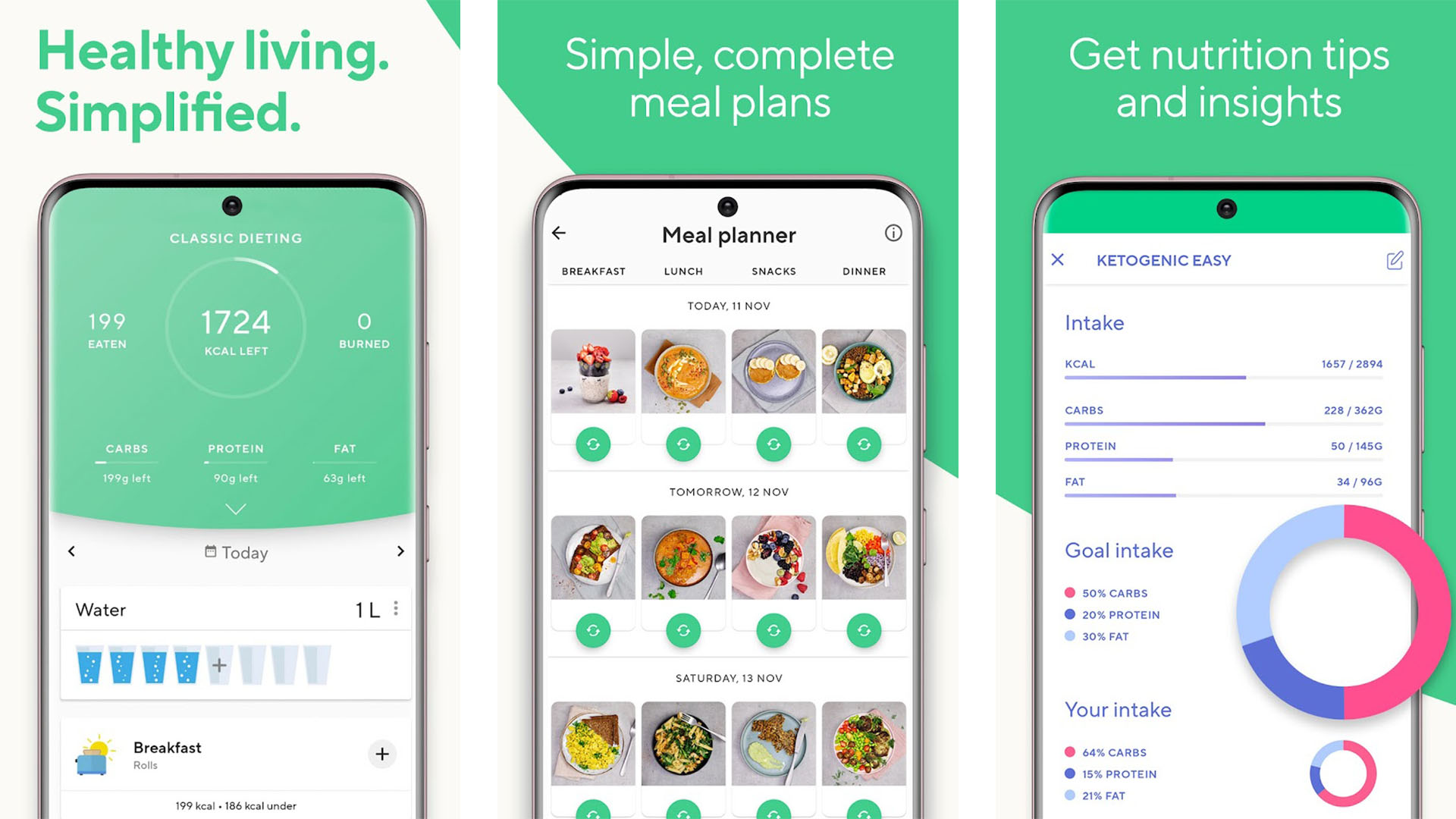
Another popular app, Lifesum is similar to MyFitnessPal in concept but comes in a little cheaper per month for premium users. Unlike MyFitnessPal, Lifesum puts macros front and center. Its interface is among the more aesthetically pleasing and user-friendly available. It features a host of meal plans that’ll help you tweak your macros per your requirements. It also packs barcode scanning for easy food logging and integrates with Samsung Health and Google Fit, making it useful for Wear OS users, too.
My Macros Plus
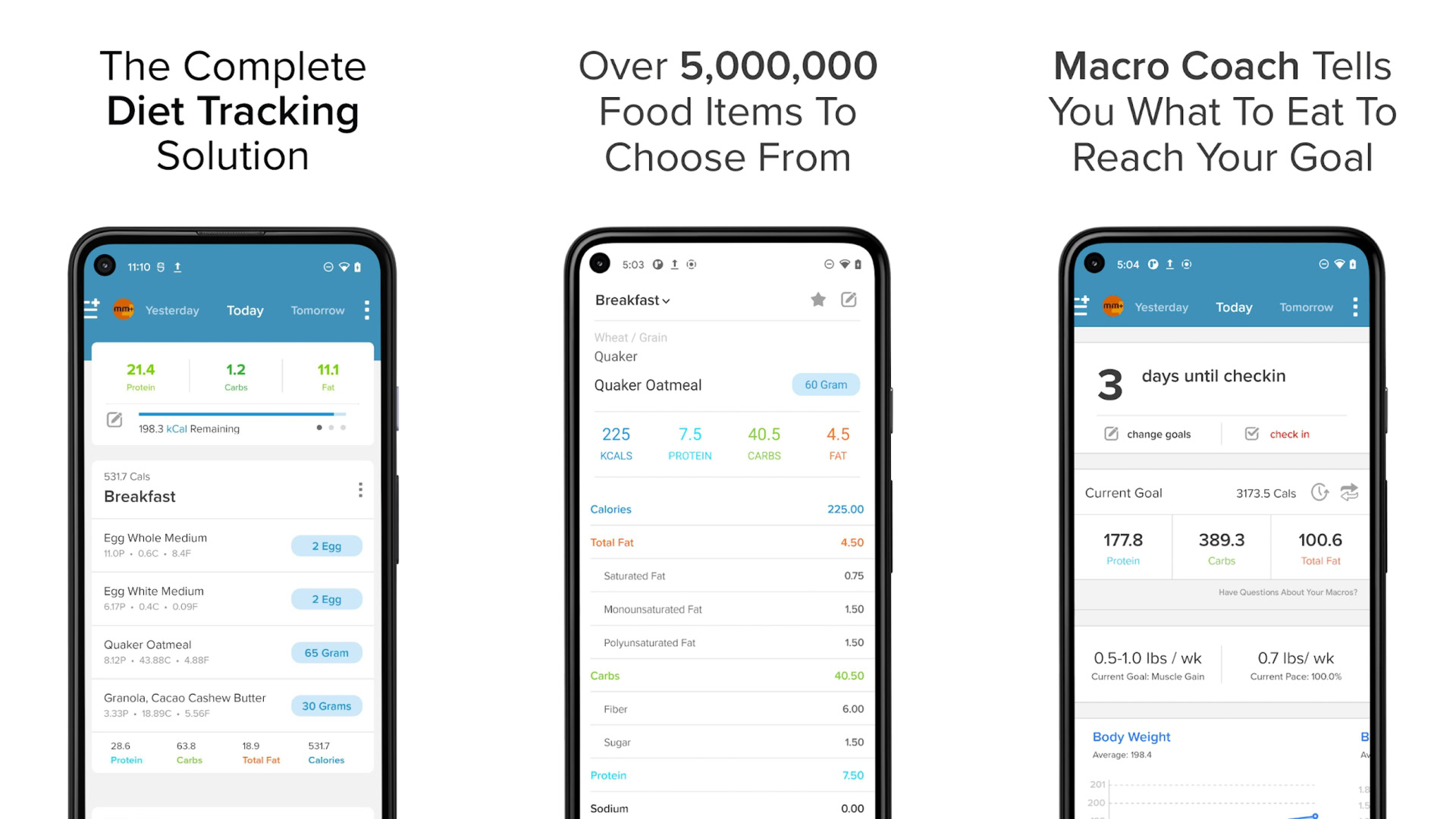
If you’re more experienced or serious about tracking macros, consider My Macros Plus. You’ll need to pay a $2.99 premium before using the app. That might dissuade some users. But once unlocked, users gain access to a personal macro coach that automatically sets macro goals based on their current overall goal. The app does support the Apple Watch, but if you have a Garmin, Fitbit, or Wear OS watch, you’ll have to look elsewhere.
Chronometer
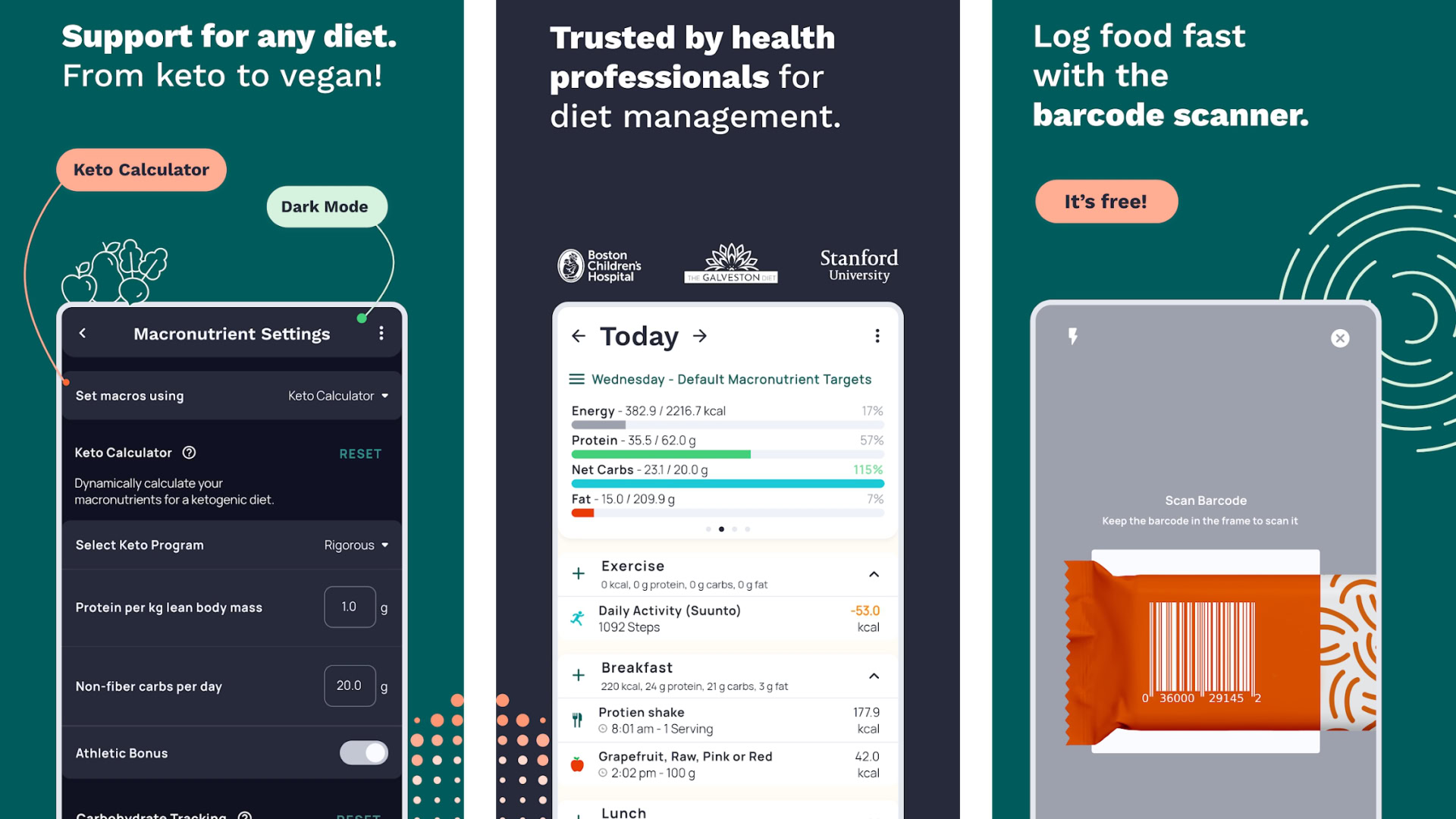
It might sound like a stopwatch app, but Chronometer is a macro tracker compatible with some more popular health platforms. This list includes Withings, Fitbit, Garmin, Samsung Health, and Google Fit. The app lets you track over 80 nutrients, including macros, while users can also customize their diet settings for more specific macro goals. Set a particular diet, like keto, for app-managed settings, or customize your diet by tweaking macro goals.
Should I track macros, and what are some of the issues?
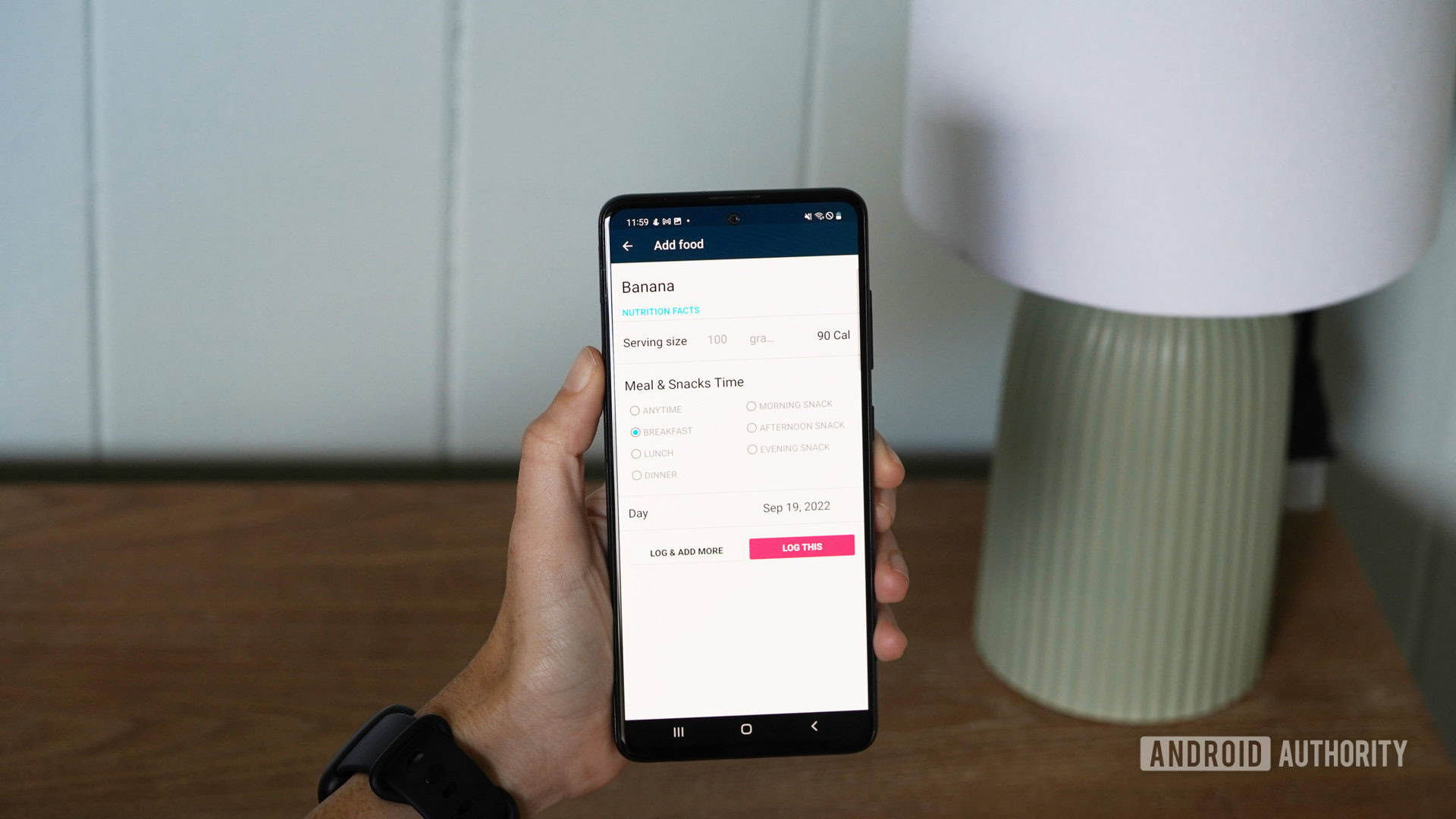
We’ve mentioned the positives of tracking macros thus far, but the practice is not without issues.
For one, if you’re particularly obsessive, tracking macros may consume your life. You do need a degree of discipline to enter every single food item you eat, but this is a time-consuming task, and exacting users could spend minutes, if not hours, logging intricate meals. Sure, the more detailed your entries are, the more accurate your data will be. Just don’t spend more time logging your food than eating the meals.
Despite the saying, you can’t quite compare apples to apples. As all meals and foods differ, tracking macros is not an exact science. There are specialized devices, like food scales, that improve the accuracy of your measurements, while apps have gotten impressively accurate in this respect. Still, you’ll never get exact figures for each meal made at home or ordered. Be aware of this. Like health tracking data, tracking macros is mostly about trends. Exact numbers aren’t as significant as trends over time.
Finally, tracking your food intake and the macros gained from it is just one part of your health journey. Just because you’re consciously choosing what to put in your body doesn’t mean you shouldn’t exercise and get enough high-quality rest. Even if you’re meeting your macro goals, be sure to meet your exercise and sleep goals, too.